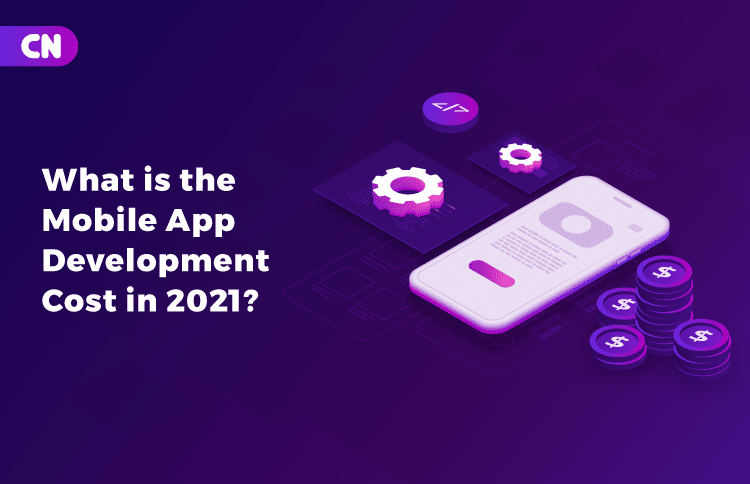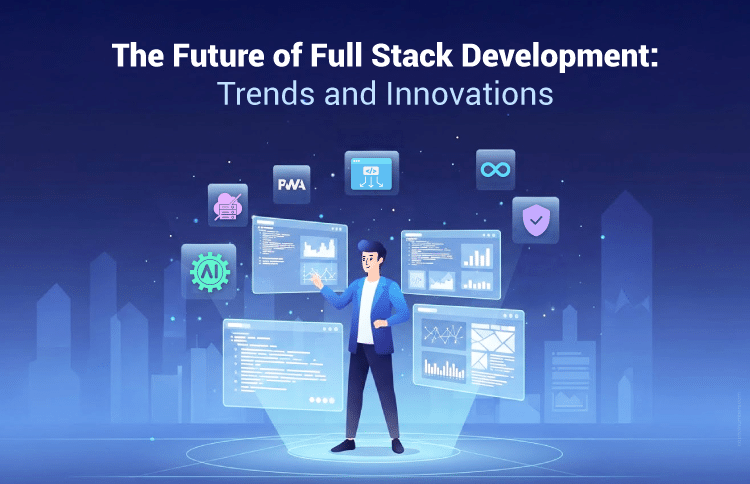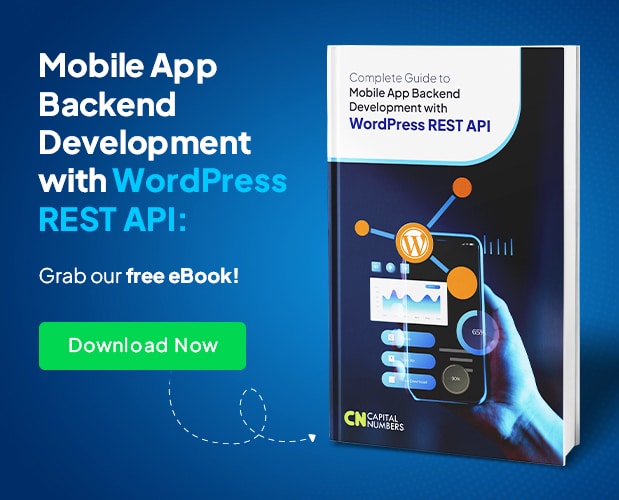What is the Mobile App Development Cost in 2021?
Table of Contents
The COVID-19 outbreak did confine a massive part of the population indoors, and this caused an enormous growth in mobile app installs, with an all-time high of 200 billion usage hours in 2020. (Source: App Annie)
Some app verticals saw a prolonged spike in engagement, for example, Content, Media, Online Learning, Health and Fitness, Grocery, Gaming, and Food Delivery. In just weeks, the pandemic has led to a significant surge in user engagement across these verticals – some recording as high as a 177% increase in daily active users (DAU).
While the US and China made up the largest app download markets for iOS, India and Brazil made up the largest app download markets for Android.
Statista even indicates that mobile phone users will reach almost 7.1 billion by the end of 2021. App Annie predicts that app stores’ global consumer spending will get a whopping $157 billion by 2022.
Looking at these mobile app statistics, it is clear that mobile app development should be on the radar for every serious marketer or app developer in the years to come.
And when we talk about mobile app development, it must be mentioned that the combination of high-quality and low development costs is something all the businesses focus on.
The key to achieving the above is to hire a professional app development company that comes with a full-scale team of:
- Project Managers
- UI/UX Designers
- Mobile App Developers
- Testing Teams
The expertise that such an agency offers can help businesses create a full-fledged app that drives revenues. However, the critical question that lies here is how much does it cost to build a cutting-edge mobile app in India today?
Well, several factors determine the cost of developing an app, such as:
- App Category
- App Design
- App Platform
- App Maintenance
Let’s delve into each:
App Category
When it comes to determining the cost of building a mobile app, a lot depends on the category of app that you want to create. For instance:
-
- Stand-alone Apps
These apps do not require a specific network to run on. They are not even dependent on any particular device feature. Moreover, they do not even require the integration of massive data sets. This leads to lower development costs of these apps. Examples of such apps are Clock and Calendar.
-
- Social Networking Apps
These apps serve millions of users at a given time within a secure and real-time ecosystem. Moreover, social networking apps require seamless integration with other device functionalities and features such as real-time messaging, media files, camera, geolocation-based tools, and in-app purchases. As a result, the cost of developing these apps is usually on the higher side.
-
- On-demand Apps
Apps like UberEats, Lyft, Zomato, and BigBasket, are on-demand apps. These apps demand a thorough research phase, a streamlined interface that immerses the users within the app flow, a multi-faced and real-time tracking facility, and an adaptive engine that offers a personalized experience to each user. This apart, these apps also require integrations such as in-app payment, chat support, real-time alerts, and rating system. Such high-end integrations increase the cost of creating on-demand apps.
-
- Enterprise Mobile Apps
Enterprise apps can contain vital and massive datasets such as employee data, financial documents, business-critical files and folders, and security-based software, that require end-to-end encryption. Therefore, the costs of developing enterprise mobile apps are relatively high.
App Design
Another critical factor that determines the cost of building an app is the design of the software. Customized design or tailored UI is a lot more difficult to build, and therefore, it is more expensive than creating a standard UI. According to research, 94% of an app’s first impressions are design-related. So, to create a great UI, you need to focus on aspects such as:
-
- Wireframing
The mapping of the wireframe is exceptionally crucial because this is the main structure that defines the app screen flow. A detailed wireframe can reduce a lot of design rework. Therefore, businesses often focus on creating well-structured app wireframes to save on design and development costs.
-
- UI Design
To create a fantastic UI design, it’s essential to keep in mind elements such as smooth navigational flow, minimal design, attractive fonts and colors, visual hierarchy, and overall consistency. The more the number of app screens and project complexity, the higher will be the app development costs.
-
- Animation
For social media or gaming apps, animations play a significant role. The complex coding required for animation increases the development costs of such apps.
App Platform
The platform you plan to develop the app plays a significant role in determining its development costs. The font selection, navigational patterns, position of the UI objects, and button positions differ with each platform (such as iOS and Android), and this dictates the cost of the app development. Let’s look at some of these app platforms in details below:
-
- Native Apps (iOS and Android)
There isn’t much difference between building an iOS or an Android app. However, creating an Android app becomes costlier when there’s a need to develop the app for multiple devices with different OS versions.
-
- React Native Apps
React Native helps developers use a single codebase for building Web, iOS and Android apps, thereby saving them around 40-90% of development time. Moreover, with React Native, developers can easily access third-party APIs and plugins, which lets them create cross-platform apps with a native look and feel. These benefits lead businesses to consider React Native apps to be highly cost-effective.
-
- Flutter Apps
There’s no denying that Flutter is an excellent approach to developing time and cost-saving apps. This is because developers can use Flutter to write code once and use the same for creating both Android and iOS applications. Therefore, the time required to write Flutter applications is much less as compared to writing native apps. Moreover, the use of a single codebase simplifies and shortens the testing process, which, in turn, decreases the development costs.
-
- Hybrid Apps
When developing hybrid apps, most developers estimate around 30-90% of cost savings over native applications. Hybrid apps are perfect for businesses that are running tight on resources and need to get their apps out in the market within a short time, thanks to the single code architecture. Moreover, developers can have the flexibility to choose frameworks such as React Native, Ionic, or the new kid on the block, Flutter, to develop hybrid apps.
App Maintenance
Needless to say that the cost of app development doesn’t end with its final release. Businesses always need to change and upgrade their mobile apps as per the latest industry trends and OS versions. For this, companies need to pay the app maintenance costs that vary depending on factors such as:
-
- App Upgrade
Research says that businesses usually spend one-fifth of the total app development costs in updating an app, and justifiably so. An updated app, with the newest features, content, and effective CTAs, can be one of the most powerful marketing tools. An updated mobile app has excellent user retention capacity, offers incredible conversion rates, and generates impressive returns. Therefore, it is extremely important for every business to update their apps, from time to time.
-
- Design Changes
Users are more likely to abandon an app if the design aesthetics are not appealing and eye-catching enough. Therefore, it’s essential to keep up with the UI trends and focus on aspects such as the location of the buttons on the screens, the use of negative spaces, color combinations, and content flow. The cost varies with the animation complexities, number of pages, third-party integrations, and customizable themes of the app.
-
- Bug Fixes
To keep your users engaged with your app, you need to make sure that your app is free from all bugs and is devoid of all faults. Bugs might reappear with updated features, APIs, OS versions, and mobile configurations. The cost of fixing such bugs entirely depends on the complexity of the problem. In essence, all mobile apps will have bugs, and the key to keep it running without errors is to fix all issues as soon as they arise.
Although we’ve put together the most valuable factors that help determine the cost of developing a mobile app in India, the exact price range varies depending on different developer rates, timeframe, and project complexity.
Hourly Cost Table
To give you a more profound clarity, we’ve curated an hourly cost table for team members working on a basic app development project in India in 2021.
| Team Members | Duties | Hourly Cost |
| Business Analyst | Knowing the project scope, monitoring data quality metrics, and understanding the overall market profitability. | $20+ |
| Project Manager | Translating all the client details to the team members and ensuring a hassle-free work process along with timely project submissions. | $30+ |
| Software Developer | Writing app code, integrating new features, fixing bugs, and upgrading to new versions. | $30+ |
| Back-end Developer | Ensuring that the database and the server are running in sync with each other in real-time. | $20+ |
| Graphic Designer | Working on the UI/UX of the app, resolving the design issues, and optimizing tasks to ensure seamless in-app navigation. | $25+ |
| QA Analyst | Testing each section of the app, controlling and maintaining code quality, and ensuring the final product meets the client requirements. | $20+ |
Of course, the app costs given above, fluctuate depending on the project size and the involvement of the team members. The cost table is only a rough estimation of the standard development costs charged by multiple team members in 2021.
To Conclude
If you have a shoestring budget and you plan to cut down the frills, then you can look for lower-priced options. However, if you have the budget and seek to create an outstanding mobile app that carves a niche in the market and delivers a top-notch user experience, then it would be wise for you to move up the pricing ladder.
The key here is to partner with the right app development agency to expand and scale – at affordable costs.
Reach out to us today if you’re looking to architect, prototype, and market your app within days – at optimized prices.















